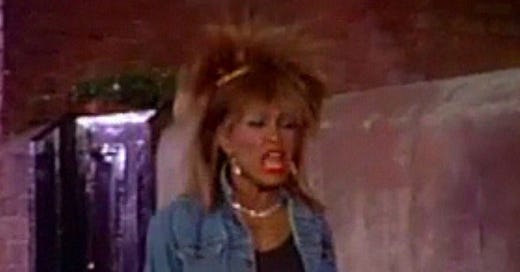Rabbit holes are the gift and the curse of a writer. I ended up at this post when I was writing a post about being a Nats fan. Okay, I was really not writing a post about being a Nats fan but surfing social media. However, the casual surf led me to a more interesting topic of Generation X playgrounds. It was in the midst of describing one of the various death traps that I compared one to the Thunderdome in the 1980s film Mad Max: Beyond Thunderdome with a then still heartthrobby Mel Gibson and the one, the only incredible OG diva Tina Turner. Somehow, I can never mention the words Mad Max, which only happens when mentioning hot Mel Gibson or even hotter Tom Hardy (he is a post all to himself), without getting the earworm of the hottest, Tina Turner’s “We Don't Need Another Hero (Thunderdome)” stuck in my head. In fact, since I’ve been writing this entry, I’ve had to add a whole Tina Turner and 80s playlist which also involves Steve Winwood, the Police, and George Michael (he deserves his own post as well but we’ll save that for later).
I am not a fan of dystopian films, but I often end up watching them because of my attraction to the actor who gets cast in them. And let’s face it, the grimier the actor in the film looks, the more attractive he looks. Mel. Tom. Johnny in the Pirates of the Caribbean franchise. Viggo in LoTR. Idris in The Harder They Fall. Idris in anything…
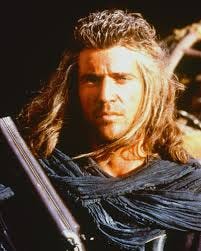

Before I go off topic with actors that look better with long hair and grimy looks (Mel Gibson went on to portray William Wallace in Braveheart and Tom Hardy plays the lovable loser antihero Eddie Brock in at the time of this writing two Venom movies). Wait…what was I talking about?
Oh yes, Tina Turner.
I was first introduced to Tina Turner when I was 10 years old with her single, “What’s Love Got to Do with It?” To me, Tina was a new artist; I hadn’t yet connected her with her previous fame as half of the Ike and Tina Revue, and I am not even sure I had yet heard their most famous claim-to-fame, “Proud Mary.” All I remember was belting the words of “WLGtDwI” all summer from the basement of the rowhouse in DC where my mother and I were spending our summer while my mother served as a caretaker for two elderly cousins. I wasn’t the only one who fell in love with it; it ranked 2nd on Billboard’s Top 25 Songs of 1984, nestled right under His Purple Badness Prince’s “When Doves Cry” (and oh yes, he WILL have his own post one day—after all, he is on this list twice).
Tina was three years older than my mother, and I always thought the two had similar features. Looking back, I realize that I am now older than both of them at that time. Tina and my mom were 45 and 42, respectively, and in a way, were both rebuilding their lives to varying degrees of success, something I was forced to do at 49.
If you don’t know anything about Tina Turner, see her documentary Tina, which came out in 2021, or her dramatic biopic What’s Love Got to Do With It? starring the incredible Angela Bassett, who I believe to this day was gypped out of an Oscar for her role (the honorary Oscar is a consolation prize for all the times the committee overlooked the greatness of the highest paid TV actress). Besides Tina, she has played some of the most iconic roles cemented into the American lexicon. She was Stella, teaching women how to get their groove back with Taye Diggs. She Set. A. Car. On. Fire in Waiting to Exhale (combined with Mary J. Blige’s “Not Gon’ Cry” lamenting about “being [a] lover and [a] secretary/workin’ every day of the week”). And let me add that Ms. Bassett is another shero as she is rocking it at 65 years old.
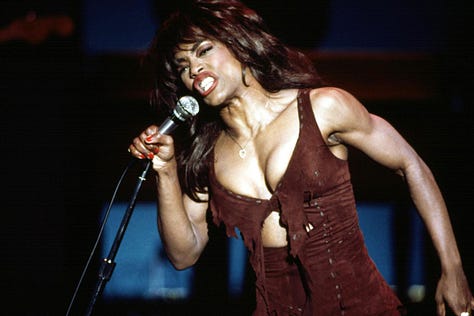
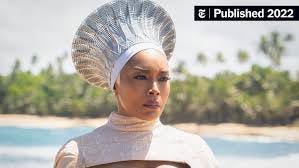
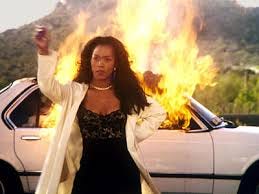
But back to the blueprint for Angela and me. Even though Tina’s life with Ike Turner was the briefest of her career, and even though by the time of her re-emergence, they had been divorced for almost 10 years, to her dying day, she would be linked to and asked about him in interviews. Another side note: Lawrence Fishburne did such a good job as Ike Turner that it took me a long time to disassociate the actor from his role. His Ike Turner also turned into a laughable meme that signifies the look.
The Tina I got to know—the 1980s Tina who would be crowned the Queen of Rock and Roll—had fantastic big hair: bone straight, teased with frosted tips that gradiated from light chestnut to blond. The closest comparison I can draw is David Lee Roth, who emulated the haircut. This Tina also rocked bold red lipstick, a hue that to this day, I have trouble wearing without hearing my mother and grandmother’s admonition of it as a promiscuous color; as Tina was a Southern gal from from Nutbush, Tenessee, she undoubtedly heard the same admonition from her mother and decided to flaunt convention. Her signature outfit included a jeans jacket over a black silky top, and leather, whether it was a mini skirt or leather pants. When she wore skirts or dresses, they would rest at her thigh, and she would don black hosiery, sometimes fishnet, that silhouetted the best legs in the business, even posthumously. The only legs that can currently come close to hers belong to the Queen Bey herself, who once graced the stage with Tina in possibly one of the best performances I’ve witnessed.
Add to that the unique gravelly voice that just brings soul to anything it touches. In fact, the original “What’s Love Got to Do with It” was a remake of another group’s song, which I only found out watching her documentary. Tina admitted she didn’t even like the song when she first heard it. Finally, to complete the package was the fact that Tina was a high-energy Performer, ranks only achieved by a few others in the business (once again, Beyonce springs to mind, along with James, Michael, Prince, and Usher to name just a few). Try singing and dancing to “Proud Mary” without 1) heaving breaths or 2) losing equilibrium.
Though she and my mother were close to the same age, in their own ways, they both defied what fame and American society said women in their 40s should look like. My mom’s denial was in the form of refusing to age beyond 37 (technically, I was older than she was when she died). She’d committed to that age so steadfastly that I only realized her true age when I started to plan a 70th birthday party only to find out she had already turned 70 the previous year. As an homage to her, two of my cousins have also committed to the eternally 37 tradition. One of my favorite photos of my mom is of her standing outside at a cookout at night in her late 40s rocking a black satin shirt and matching black satin shorts with some strappy black sandals, holding both a cup of beer and a cigarette. Because she was holding both of these, she couldn’t hide her face, which is how many of my photos of her in her latter years ended up. Of course, now that I am looking for the photo, I cannot find it anywhere and have to settle for one of us at the same event together (we are not holding hands out of affection but wrestling to keep her hands from her face with a draped arm to prevent her escape).
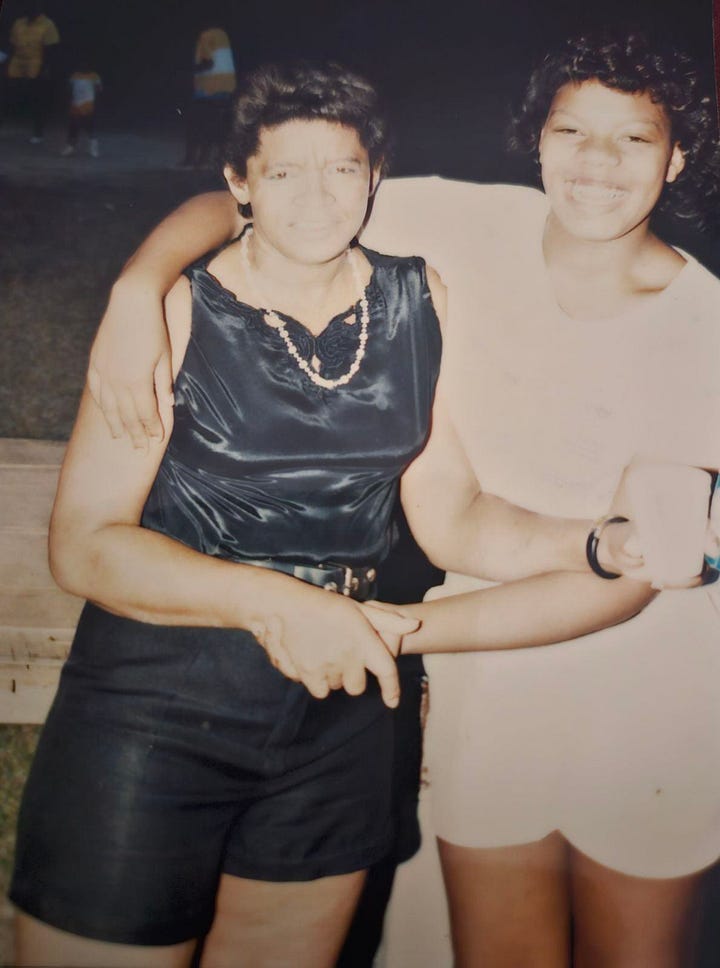

Tina’s way to reinvent herself was to rebuild herself from the ground up. As part of the Ike and Tina Revue, she was at the height of fame, but Ike was abusive, and at some point, Tina decided to fight back, literally in a physical fistfight (which Angela Bassett recreated brilliantly in the film) and eventually divorced him. A popular anecdote about Tina is that during her divorce proceedings, the only thing she asked for was her stage name (her real name is Anna Mae Bullock Turner). Ike got everything else—property, assets, accounts, music rights, but Tina kept her name and crawled her way back to fame by doing small shows and residencies to keep herself afloat.
Then came 1984, when she released the album Private Dancer which had three hits—the aforementioned “What’s Love Got to Do with It?” along with “You’d Better Be Good to Me” and the title cut “Private Dancer,” all of which were too mature for me to comprehend. However, as a 50-year-old widow, I can resonate with love being nothing “but a second-hand emotion” and asking the question, “Who needs a heart when a heart can be broken?” Understanding her story makes the lyrics that more poignant. Even “Private Dancer,” which undoubtedly deals with struggles of being a woman, is understandable. Forty years after this album, women are choosing a bear.
I had no idea how much watching Tina, along with my mom’s ability to create everything out of nothing, set the course for my staunch independent feminism until I started writing this post. I originally only started it because I have always wanted Tina Turner legs and said as much every time I saw her perform. Now at 50, I am realizing that it was about so much more than the legs.
The timing of this post started out coincidentally, but its release date coincides with the year anniversary of Ms. Tina’s death. From an adult lens, I can more appreciate not only the lyrics but also all that Tina had to endure, the way she pulled herself together and swathed her own path, eventually remarrying and relocating to Switzerland, where she lived until her death last year. Like her lyrics in “Private Dancer,” she made a million dollars and lived out by the sea. It is an eerily familiar story that aligns with my mom, who also lived on her own terms.
